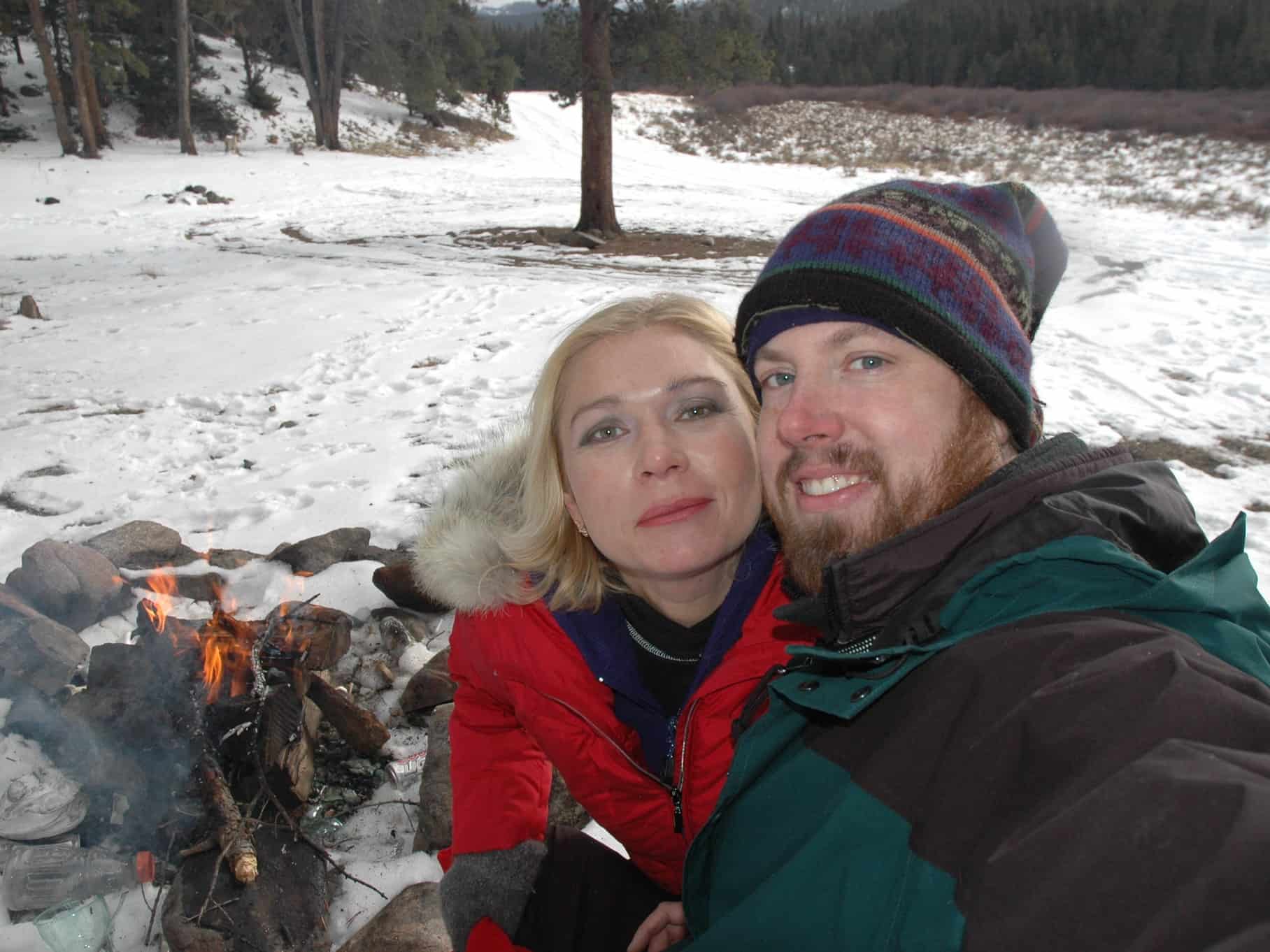Title Image Credit, How to Dry Clothes While Cold Weather Camping: Rob Lee | (source) |Attribution-NoDerivs 2.0 Generic (CC BY-ND 2.0) — reduced file size and image
Image Credit 1, How to Dry Clothes While Cold Weather Camping: GollyGforce – Living My Worst Nightmare | (source) |Attribution 2.0 Generic (CC BY 2.0) — reduced file size and image
Image Credit 2, How to Dry Clothes While Cold Weather Camping: Jenny Salita | (source) |Attribution-NoDerivs 2.0 Generic (CC BY-ND 2.0) — reduced file size and image
How to Dry Clothes While Cold Weather Camping, Image Credit 3: Alaska Region U.S. Fish and Wildlife Service | (source) | Public Domain Mark 1.0 — reduced file size and image
How to Dry Clothes While Cold Weather Camping, Image Credit 4: JesseLeeRoper | (source) |CC0 1.0 Universal (CC0 1.0) Public Domain Dedication — reduced file size and image
Image Credit 5, How to Dry Clothes While Cold Weather Camping: Sterling College | (source) |Attribution 2.0 Generic (CC BY 2.0) — reduced file size and image
Image Credit 6, How to Dry Clothes While Cold Weather Camping: Alaska Region U.S. Fish and Wildlife Service | (source) |Public Domain Mark 1.0 — reduced file size and image

